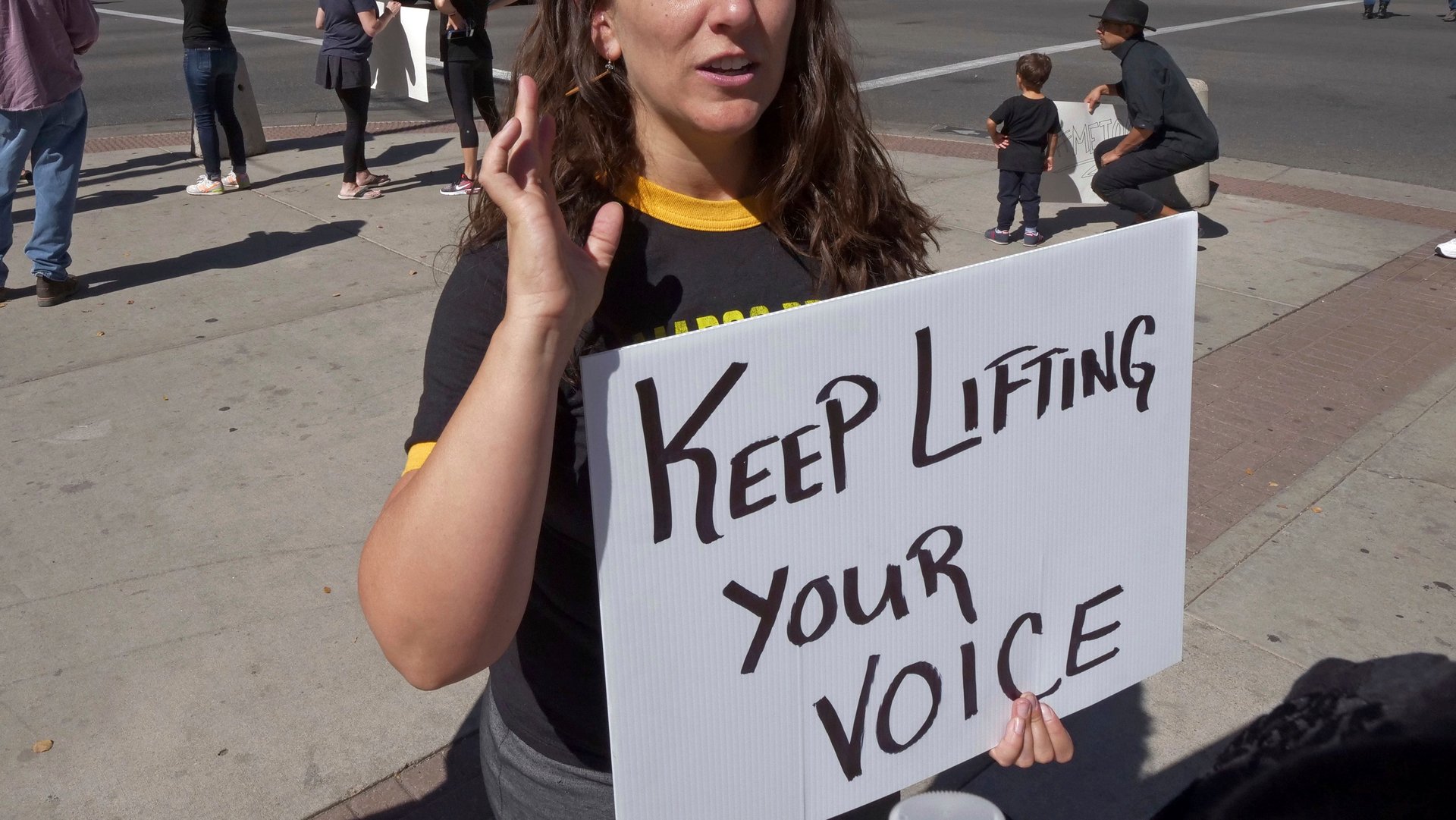At least two-thirds of rapists in the US get away with it
In the US, only four out of 10 rapes get reported—a low but encouraging number, considering that in 2016 less than three out of 10 were reported. Of those, less than a third is eventually punished, according to the latest FBI data.


In the US, only four out of 10 rapes get reported—a low but encouraging number, considering that in 2016 less than three out of 10 were reported. Of those, less than a third is eventually punished, according to the latest FBI data.
The low reporting and punishment rates are a reminder of how far women still are from feeling safe from sexual violence—and of the stigma and distrust still widely associated with rape, the main reason many victims decide not to report.
While other violent crimes have been declining in most of the US, rape rates rose between 2016 and 2017—possibly because of higher levels of reporting following the start of the #MeToo movement and the more public discussion of sexual assault.
Unsolved crimes
In 2017, roughly 42 rapes were reported for every 100,000 US residents. That’s approximately 136,000 rapes, according to the FBI‘s latest data. Considering the majority of rapes aren’t reported, however, the actual number is closer to 300,000.
Of the share of rapes that gets reported, only about a third is ever cleared—that is, in only one of every three cases is at least one offender identified and charged with the crime. This doesn’t mean the offender is convicted, though.
This is the second-lowest clearance rate for any violent crime in the US—only robbery, with 30% clearance, fares worse. In Northeastern states, more robberies get cleared than rapes.
Dangerous corners
An analysis of FBI data performed by security system comparison company SafeHome.org, found that the situation is especially concerning in the Midwest, where there are 48.9 rapes for every 100,000 people, and in western states, where only 30% of cases are cleared.
The states that stand out in those regions are Michigan, Colorado, South Dakota, and Arkansas, where rape rates are especially high—between 68.3 and 70.6 per 100,000 people. But nowhere in the country is the situation as critical as in Alaska, where there are a shocking 116.7 rapes per 100,000 people.
By way of comparison, the country in Europe with the highest rate of rapes is the UK, with 62 per 100,000 people, followed by Sweden (56 per 100,000 people) and Iceland (54 per 100,000 people).
However, these numbers aren’t easy to compare directly, as local cultural factors shape the perception of rape and the victim blaming associated with it, which in turn dramatically affects the likelihood that a rape will be reported.